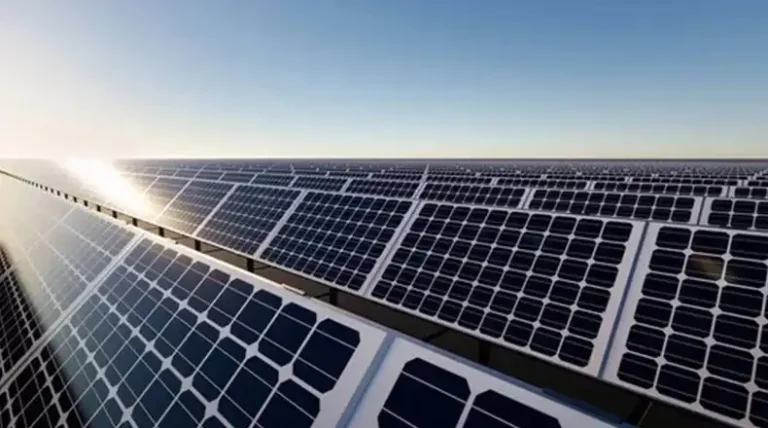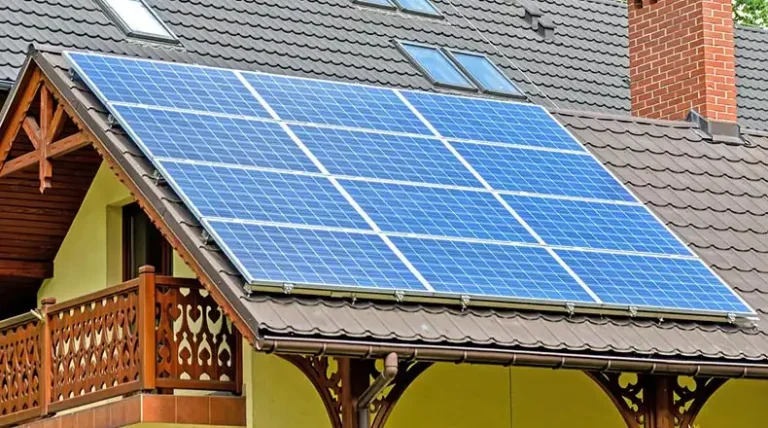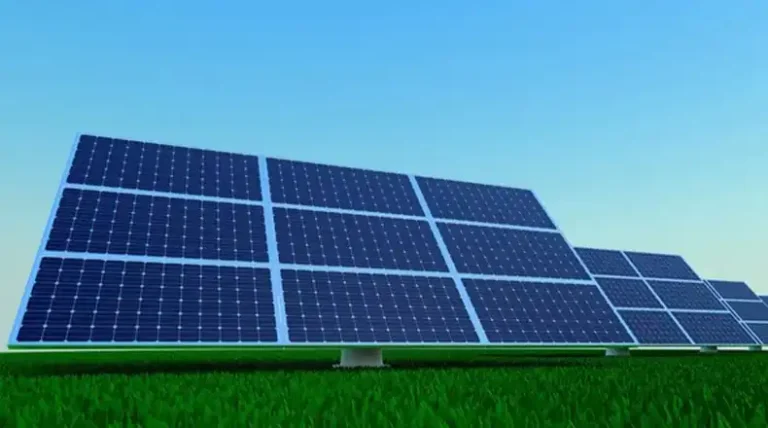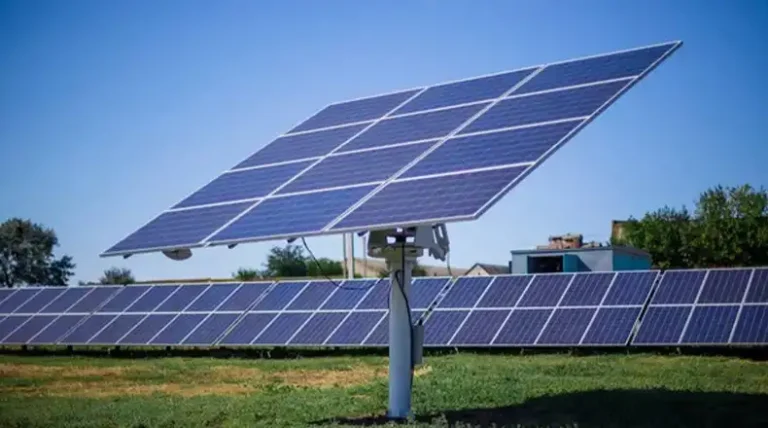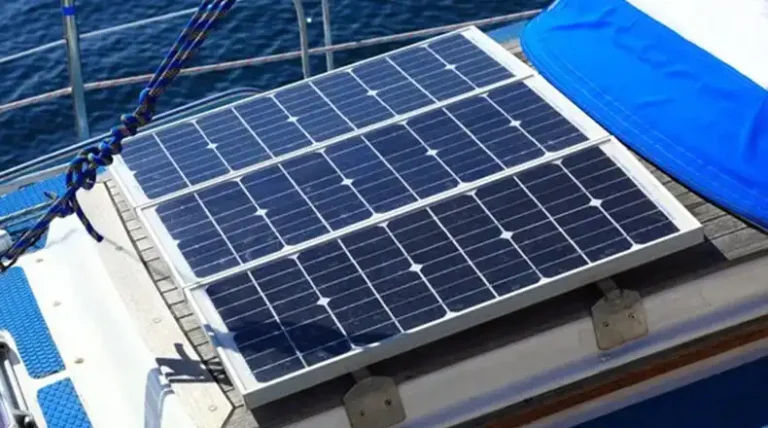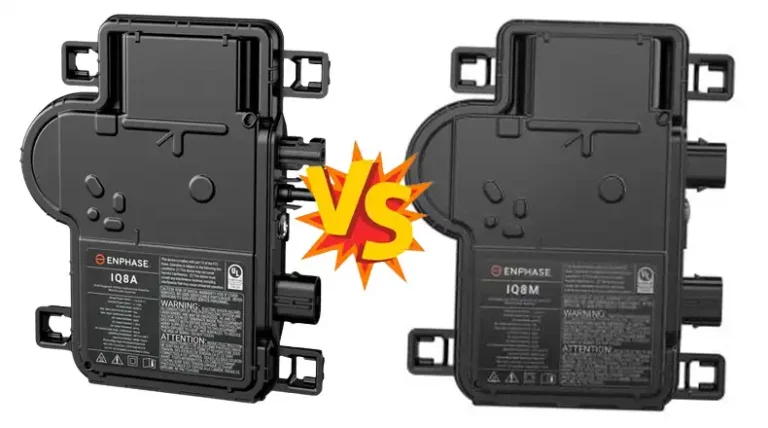Can You Charge Solar Panels With Artificial Light
In the quest for sustainable energy, the focus on solar power has intensified. While sunlight remains the ideal source for charging solar panels, this article explores alternative methods, specifically using artificial light.
Unravel the possibilities and limitations as we delve into the intricacies of solar panel charging in diverse conditions.
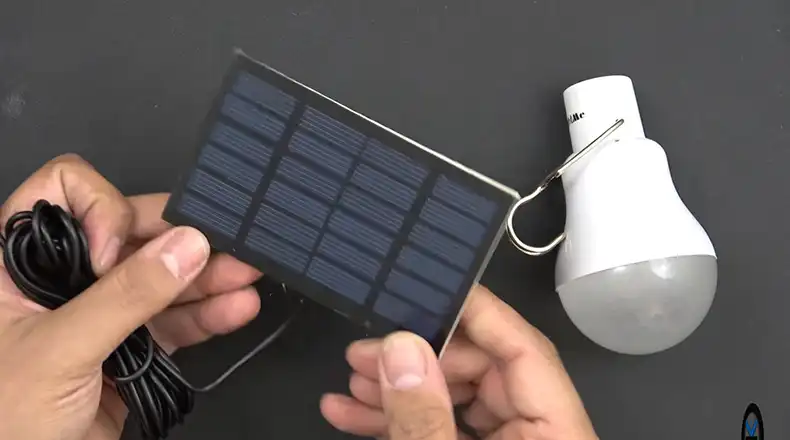
The Core Functionality of Solar Panel
Solar panels, the unsung heroes of renewable energy, operate on a simple yet ingenious principle. Understanding the core functionality of solar panels is pivotal in appreciating their role in harnessing sunlight and converting it into electricity.
Photovoltaic Marvels
At the heart of every solar panel are photovoltaic (PV) cells, tiny wonders with the power to transform sunlight into usable energy.
These cells, often made of silicon, have a unique property – when exposed to sunlight, they generate a flow of electricity. This is the fundamental process that sets the stage for solar power generation.
In a way, you can think of PV cells as the architects of the solar panel system. They absorb sunlight, and through a series of intricate reactions, they release electrons, creating an electric current. This current is then harnessed to power our homes, gadgets, and even entire industries.
Factors Shaping Efficiency
While the concept of solar panels seems straightforward, several factors influence their efficiency. The intensity and duration of sunlight play a crucial role.
Bright, direct sunlight for an extended period ensures optimal performance. However, factors like shadows and obstructions can cast a figurative cloud over their efficiency, leading to decreased output.
Imagine a solar panel as a high-performance athlete – it thrives in perfect conditions but faces challenges when obstacles are in its way. Just as an athlete needs the right environment to excel, solar panels need unobstructed access to sunlight for peak efficiency.
Understanding the core functionality of solar panels demystifies their seemingly magical ability to turn sunlight into power. It’s a remarkable journey from photons hitting PV cells to the electricity that powers our daily lives, illustrating the pivotal role these panels play in the realm of renewable energy.
Types of Artificial Light Sources
In the realm of solar energy, understanding the various artificial light sources becomes crucial for optimizing solar panel charging. Let’s shed light on the different types of artificial illumination and explore their potential impact on solar panels.
Incandescent Brilliance
Incandescent bulbs, a familiar sight in many households, emit a warm and cozy light. However, when it comes to charging solar panels, their spectrum falls short compared to natural sunlight.
These bulbs might play a role in the process, but the efficiency is notably lower. Placing solar panels directly beneath these bulbs and using higher-wattage options can expedite the charging process, albeit not as effectively as the sun’s rays.
LED Luminescence
LED lights, hailed for their energy efficiency, offer a more promising alternative for solar panel charging. These lights emit a spectrum that aligns better with the needs of solar panels. Battery-operated LED lights, like those found in flashlights, can serve as effective chargers for solar lights.
When you find yourself away from indoor lighting, such as during camping trips, utilizing LED lights for charging becomes a practical and eco-friendly solution.
Fluorescent Radiance
Fluorescent lights present another avenue for exploring artificial light sources for solar panels. Understanding the spectrum they emit and comparing it with other light sources is essential. While not as ideal as sunlight, fluorescent lights can contribute to the charging process.
Considerations such as duration and intensity play a role, making it crucial to strategize placement and exposure to maximize charging efficiency.
Emerging Light Technologies
The landscape of artificial lighting is ever-evolving, with emerging technologies like OLEDs and halogen bulbs entering the scene.
Staying abreast of these advancements is essential for those seeking alternative methods for solar panel charging. While these technologies may not be mainstream yet, ongoing research suggests exciting possibilities that could revolutionize the way we harness energy from artificial light.
Challenges and Limitations That Might Come
In the pursuit of sustainable energy solutions, the idea of charging solar panels with artificial light emerges as an intriguing possibility. However, as with any innovative venture, there are challenges and limitations to be mindful of.
Spectrum Mismatch Woes
One of the primary challenges in charging solar panels with artificial light revolves around the spectrum of the light source.
Unlike the diverse spectrum of sunlight, artificial lights often fall short in providing the ideal range of wavelengths needed for efficient energy conversion. This mismatch can lead to suboptimal performance and decreased charging efficiency.
To put it simply, solar panels are accustomed to the full buffet of sunlight, and when they are offered a limited selection from artificial sources, it’s akin to expecting a gourmet meal and receiving only appetizers.
Intensity and Duration Dilemmas
Another hurdle in this journey is the inconsistency in light intensity and duration. Unlike the reliable and prolonged exposure to sunlight, artificial light sources may not consistently provide the required strength and duration for effective solar panel charging.
Imagine trying to fill a bucket with water from a leaky faucet. The intermittent flow and limited duration make the task more challenging. Similarly, solar panels crave a steady and extended supply of light to reach their full charging potential.
Storage and Conversion Conundrums
Storing energy harvested from artificial light poses its own set of challenges. Unlike the seamless storage of solar energy from sunlight, the energy derived from artificial light may not align seamlessly with existing storage technologies.
This misalignment can result in inefficiencies and reduced overall system performance.
Think of it as trying to fit a square peg into a round hole. The energy harvested from artificial light may not neatly fit into the storage systems designed for solar energy, leading to potential energy wastage and decreased overall effectiveness.
Overcoming the Challenges
While these challenges are real, it’s essential to view them as opportunities for innovation and improvement. Researchers and engineers are actively exploring solutions, including spectral adjustments, advanced materials, and tailored energy storage systems.
These endeavors aim to bridge the gap between artificial light and sunlight, making the dream of charging solar panels with diverse light sources a closer reality.
Potential Solutions and Innovations
In the ever-evolving landscape of solar panel technology, finding effective solutions and embracing innovations is paramount. This section delves into the promising avenues that seek to address the challenges posed by charging solar panels with artificial light.
Spectral Adjustments: Mimicking the Sun’s Magic
One intriguing avenue of exploration lies in spectral adjustments. Scientists and researchers are actively engaged in the delicate art of tweaking artificial light spectra to closely resemble the sun’s natural spectrum.
By aligning the light wavelengths more harmoniously with solar panel requirements, this innovative approach aims to enhance charging efficiency.
This isn’t merely a theoretical pursuit—significant progress has been made in laboratories worldwide. The potential to revolutionize how solar panels harness energy in non-optimal lighting conditions is on the horizon.
Imagine a future where artificial light, with its adjusted spectrum, becomes a reliable companion to traditional sunlight, ensuring consistent and efficient solar panel charging.
Advanced Materials Magic: Unleashing the Power of Nanotechnology
The quest for superior solar panel performance under artificial light has led to the realm of advanced materials.
Nanotechnology, with its microscopic wonders, takes center stage. Engineers and material scientists are exploring novel materials designed to elevate solar panel efficiency, especially when exposed to varying artificial light sources.
These materials, often at the nanoscale, hold the promise of enhancing light absorption, minimizing energy loss, and optimizing the conversion process.
Picture solar panels equipped with materials that respond dynamically to different light spectra, maximizing energy harvest regardless of the light source’s nature. The marriage of nanotechnology and solar energy holds immense potential for a more sustainable and adaptable future.
Energy Storage Marvels: Overcoming the Dusk Challenge
One critical aspect of charging solar panels with artificial light involves addressing the challenges of energy storage. Breakthroughs in energy storage systems tailored specifically for artificial light-charged solar panels are at the forefront of innovation.
Imagine batteries and capacitors designed not just for the robust sunlight conditions but tailored to excel in the nuances of artificial light scenarios.
This could mean extended energy retention during periods of limited light availability, ensuring a more consistent power supply. As technology advances, the goal is to make artificial light-charged solar panels a reliable and efficient energy source, even during dusk and dawn.
Related Questions
Q1: Is it really possible to charge solar panels with artificial light?
A1: Yes, it is possible to charge solar panels with artificial light. While sunlight remains the most efficient source, various artificial light sources, including incandescent bulbs and LED lights, can contribute to charging solar panels.
Q2: How do I optimize charging during cloudy weather?
A2: During cloudy weather, cleaning your solar panels is crucial to maximize sunlight absorption. Additionally, positioning the panels to face the sun’s movement and using mirrors for redirection can enhance charging efficiency.
Q3: Can I charge solar lights with no sunlight at all?
A3: Yes, you can charge solar lights with no sunlight by using artificial light sources. Incandescent bulbs and LED lights, especially battery-operated ones, are effective alternatives when sunlight is unavailable.
Q4: What challenges are associated with charging solar panels using artificial light?
A4: Challenges include spectrum mismatch, where artificial light differs from sunlight, and issues related to light intensity and duration. Overcoming these challenges is essential for efficient solar panel charging.
Q5: How can I charge solar lights using incandescent bulbs?
A5: To charge solar lights with incandescent bulbs, place the solar panels directly underneath the light source. Optimal results are achieved when using high-wattage bulbs and charging for at least 12 hours.
Q6: Are there any advancements in spectral adjustments for artificial light?
A6: Yes, scientists are actively working on spectral adjustments to mimic sunlight. This involves tweaking artificial light spectra to align more closely with the natural spectrum, potentially revolutionizing solar panel charging.
Q7: What role does nanotechnology play in solar panel innovation?
A7: Nanotechnology is instrumental in developing advanced materials for solar panels. These materials aim to enhance efficiency, light absorption, and energy conversion, contributing to improved performance under artificial light.
Q8: How can I overcome reduced sensitivity when using solar lights near artificial lighting?
A8: To avoid reduced sensitivity, place solar lights away from high-intensity artificial light sources during the evenings. This ensures optimal performance when the lights are in use.
Q9: Is turning off solar lights for a “deep charge” recommended?
A9: Yes, turning off solar lights for a deep charge is recommended. This involves letting the lights charge more efficiently for 72 hours, contributing to their long-term effectiveness.
Q10: Are there specific energy storage solutions for artificial light-charged solar panels?
A10: Yes, there are ongoing developments in energy storage systems tailored for artificial light. These solutions aim to address the challenges of storing energy efficiently under varying light conditions.
End Thoughts
In essence, the journey towards enhancing solar panel charging capabilities through innovative solutions is a dynamic and exciting one. From tweaking light spectra to leveraging nanotechnology and crafting specialized energy storage systems, the future holds promise.
As we stand at the intersection of science and sustainability, these potential solutions and innovations pave the way for a brighter, more energy-efficient tomorrow

